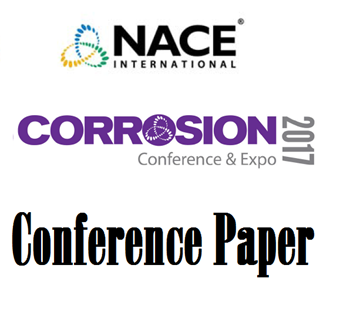Search
10287 Critical Stress Corrosion Cracking Potentials of Stainless Steels in Dilute Chloride Solutions
Also Purchased
51317--9518-Chloride Stress Cracking of an Austenitic Stainless Steel Pipe Fitting in a Hydroprocessing Unit
Product Number:
51317--9518-SG
ISBN:
9518 2017 CP
Publication Date:
2017
$20.00
02425 STRESS CORROSION CRACKING OF NICKEL-CHROMIUM-MOLYBDENUM ALLOYS IN CHLORIDE SOLUTIONS
Product Number:
51300-02425-SG
ISBN:
02425 2002 CP
$20.00
51313-02520-Duplex Stainless Steel Chloride Stress Corrosion Cracking Risk in Refining
Product Number:
51313-02520-SG
ISBN:
02520 2013 CP
Publication Date:
2013
$20.00




